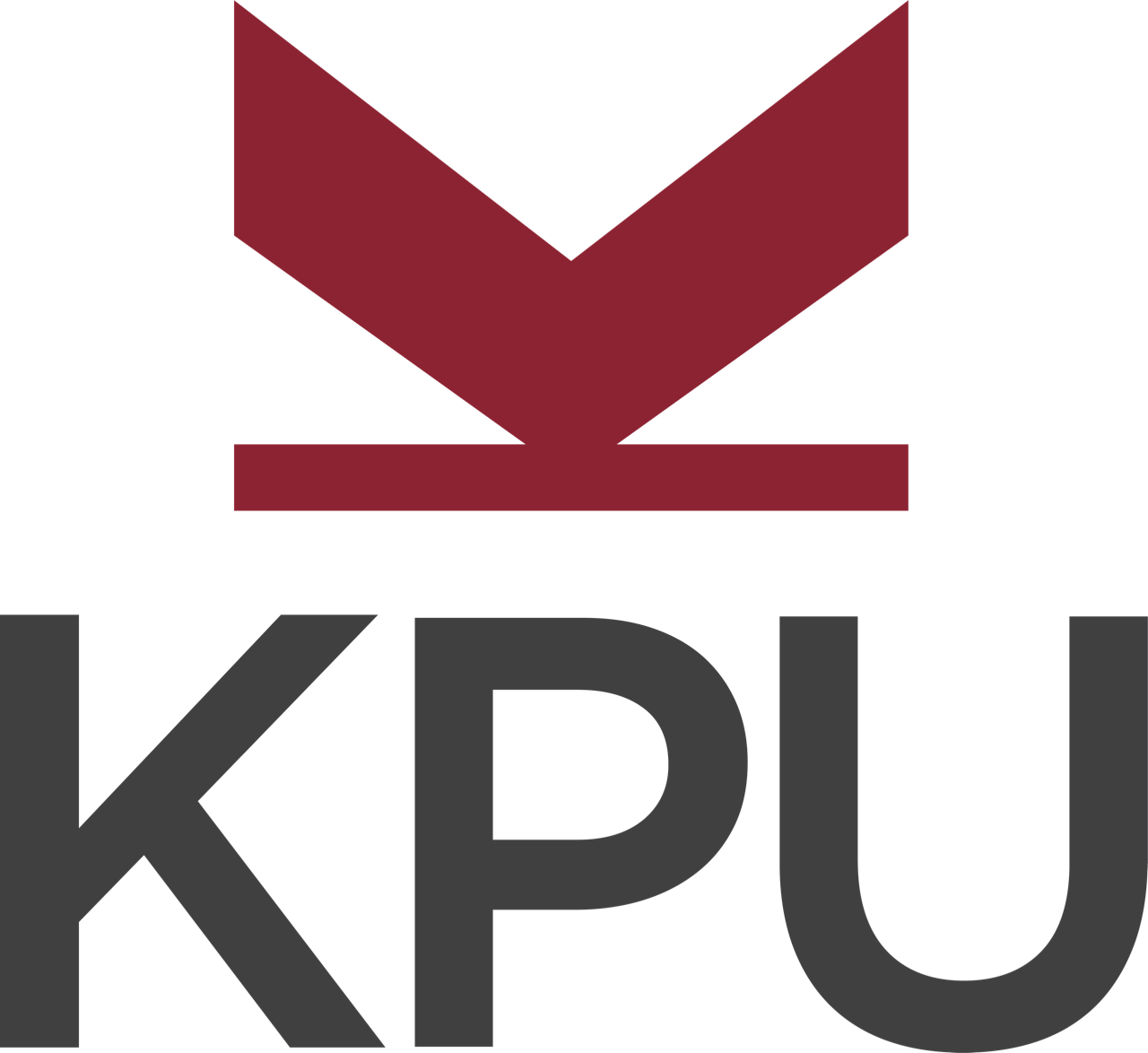Tool: Anti-Racism Presentation Design
Making presentations through an anti-racism and anti-oppressive lens requires advanced planning and preparation. In considering how to be sensitive to race-related issues, this section includes some suggestions on how to promote inclusive messaging through presentation design.
Reflective Pause
To what extent does the messaging in your presentation combat injustice promote inclusion and educate both you and others about the perils of prejudice and discrimination?
Goal
Instructors will understand best practices for creating anti-racist and anti-oppressive presentations using appropriate language, names, images, and resources.
How-to Guide
Before designing and delivering presentations to learners, review and follow these tips:
- Consider your audience and the visible and invisible racialized and/or marginalized groups they may belong to and experience intersectionality with
- Ensure that your images do not rely on stereotypes, bias, or prejudices, by showing one image for diversity, or one race over another, or skewing the way our learners will understand or group people
- Use human illustrations representing people of different races, including Black, Indigenous, and People of Colour (BIPOC)
- Consider how people are represented in your images or language. Consider who is represented and who is missing. Ensure that diverse learners are well represented in the images they see displayed
- Consider the way in which you present your lessons and materials – is it from specific framework or perspective, or does it incorporate a variety of learning styles inclusive of diverse cultures and ways of learning?
- Use gender-neutral language, which may include gender-neutral pronouns in some cases, e.g., “they,” “them,” or “their”
- Check whether the content makes assumptions from a dominant or single point of view
- Check whether the content includes perspectives from racialized and/or marginalized voices
- Avoid the use of words, including microaggressions, that may be potentially exclusive or hurtful to people
- Remember that your interests, stories, and pop culture references are not universal – do not assume that every student relates to them, or will find them appropriate or inclusive
- Avoid using generalizing statements like “we” or “Indigenous People” to inaccurately make attributions or references to a group or population (stereotypes)
- Provide anti-racist and anti-oppressive resources to learners so that they can expand their own worldview. Resources should include a diverse repository of authors, especially from racialized and marginalized groups (i.e., BIPOC)
Reflective Action Point
Reflect on your learning as you approach the end of this tool.
- What changes to your practice do you hope to implement?
- How can this tool support your anti-racist practice?
Instructor Resources
NorQuest LibGuide: APA 7th Edition – includes Inclusive and Bias Free Language Standards. This resources also links to how to reference Indigenous Elders and Knowledge Keepers, and how to share pronouns.
MLA Style, 9th. edition: Avoiding Bias – provides guidance for reducing bias language.
Inclusive Language Tutorial – from NQ Business Development provides specific examples of language choices to be inclusive (3-5 mins)
Note to the reader: this is an excellent resource for understanding inclusive language, however it should also be noted that best practice is to honour the individual’s choice of term(s). If you are not sure, use the appropriate term, but ask the individual what they would prefer you use going forward
KPU Accessibility Checklist – offers guidance on preparing for presenting to audiences in general (for classes, workshops, presentations, etc.)
Unsplash – offers free images, including people from diverse backgrounds.
References
- Hooper, L. (2021, February 23). 8 best practices for designing infographics for diversity and inclusion. Venngage. https://venngage.com/blog/designing-for-diversity/
- Ranvell, A. (2018, November 15). Inclusive design for accessible presentations. Smashing Magazine. https://www.smashingmagazine.com/2018/11/inclusive-design-accessible-presentations/
- SlideModel.com. (2023). BIPOC Community Power Point Template. https://slidemodel.com/templates/bipoc-powerpoint-template/
Author Information
Written By: Judith Gallimore (Associate Chair, Business at NorQuest College)
Reviewed and Edited By: Rebecca Bock-Freeman (Manager of Academic Strategy)
Adapted for the KPU context by: Daniel Benzimra (Education Strategist, Teaching & Learning Commons) and Dr. Nishan Perera (Director, Learning Technologies and Educational Development)
OEIC Reviewed by: Dr. Asma Sayed (Vice President, Equity and Inclusive Communities, Office of Equity & Inclusive Communities)

